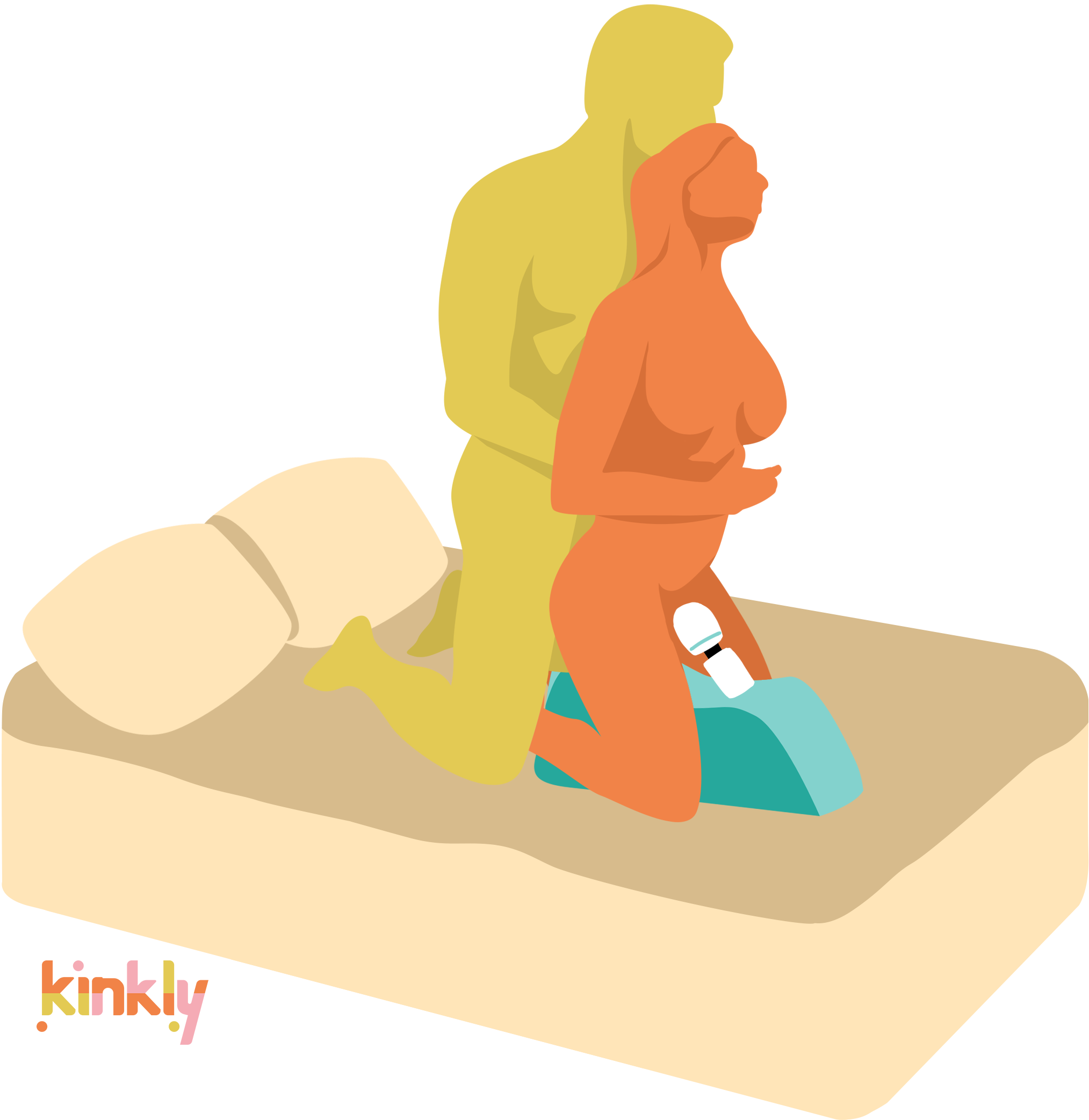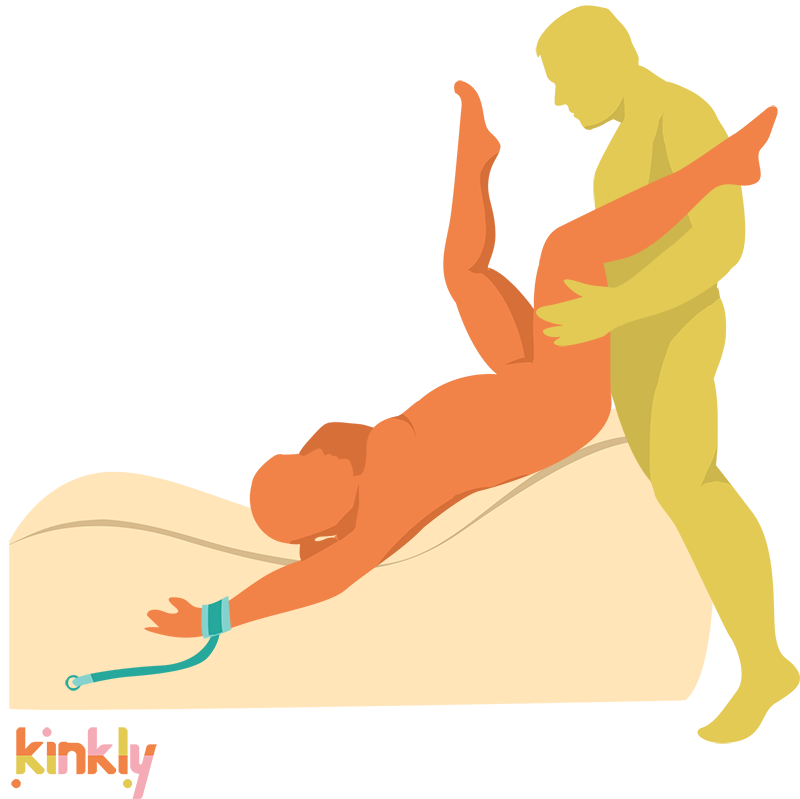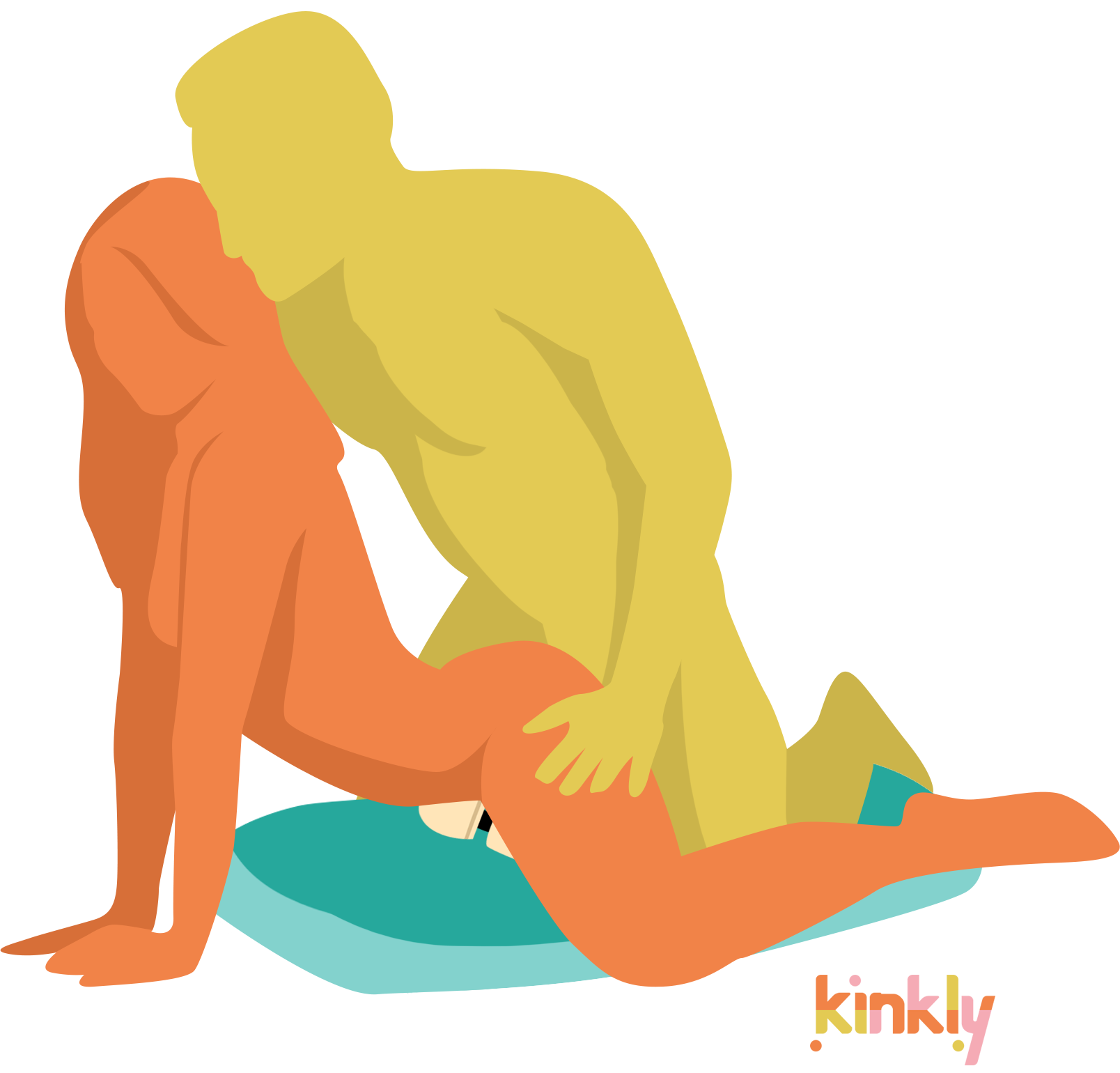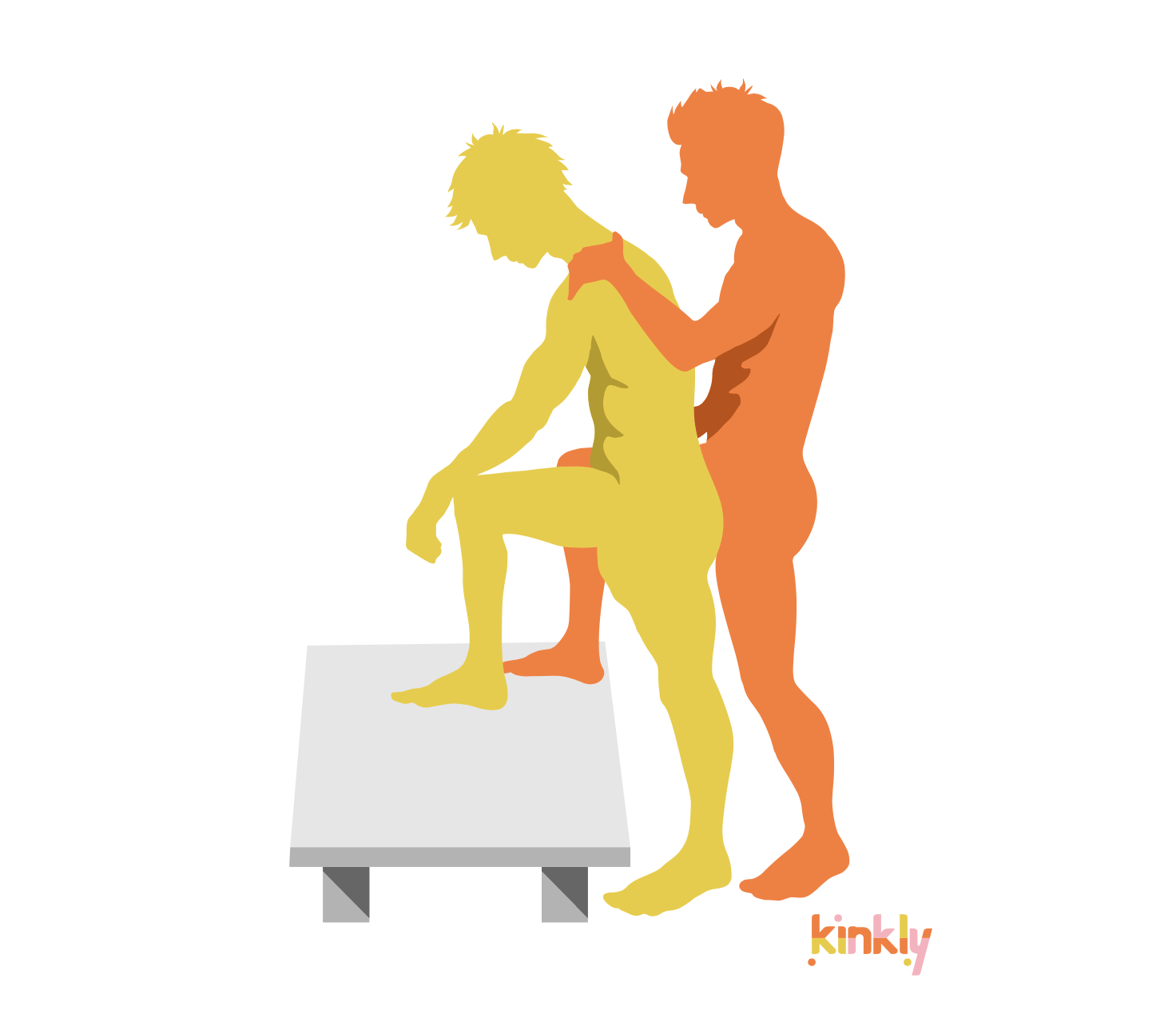Cryptorchidism is the medical term for the condition characterized by an undescended or maldescended testicle or testicles. Cryptorchidism occurs in approximately 3% of newborns. It most commonly effects just one testicle, but in 10% of cases effects both.
Cryptorchidism is the most common concern with genitals in the pediatric field. It has also been recognized for centuries, after first appearing in medical literature in 1786.
More About Cryptorchidism
Ordinarily a male fetus’ testicles descend between the 28th and 40-week mark of gestation. They are usually in the right position at birth. This does not occur for infants with cryptorchidism. Instead, their testicles stay in their belly or groin.
Male newborns who are born prematurely, have low birth weights, small stature for their age, or twins are more likely to have cryptorchidism. Male babies exposed to estrogen during their first trimester and those with siblings who had the condition also have a higher risk.
Cryptorchidism can and often does resolve itself. By the age of 6 months to one year, just 1% of male infants have cryptorchidism.
If it goes unresolved, doctors can treat cryptorchidism using a technique called orchiopexy to relocate the testis within the scrotum to the desired position. This usually occurs in men under the age of 32. Older men may get the surgery, depending on their risk of testicular cancer and a bad reaction to the anaesthesia.
Cryptorchidism is linked to a risk of testicular cancer and infertility. Successful orchiopexy reduces these risks, but it does not eliminate them entirely.


















